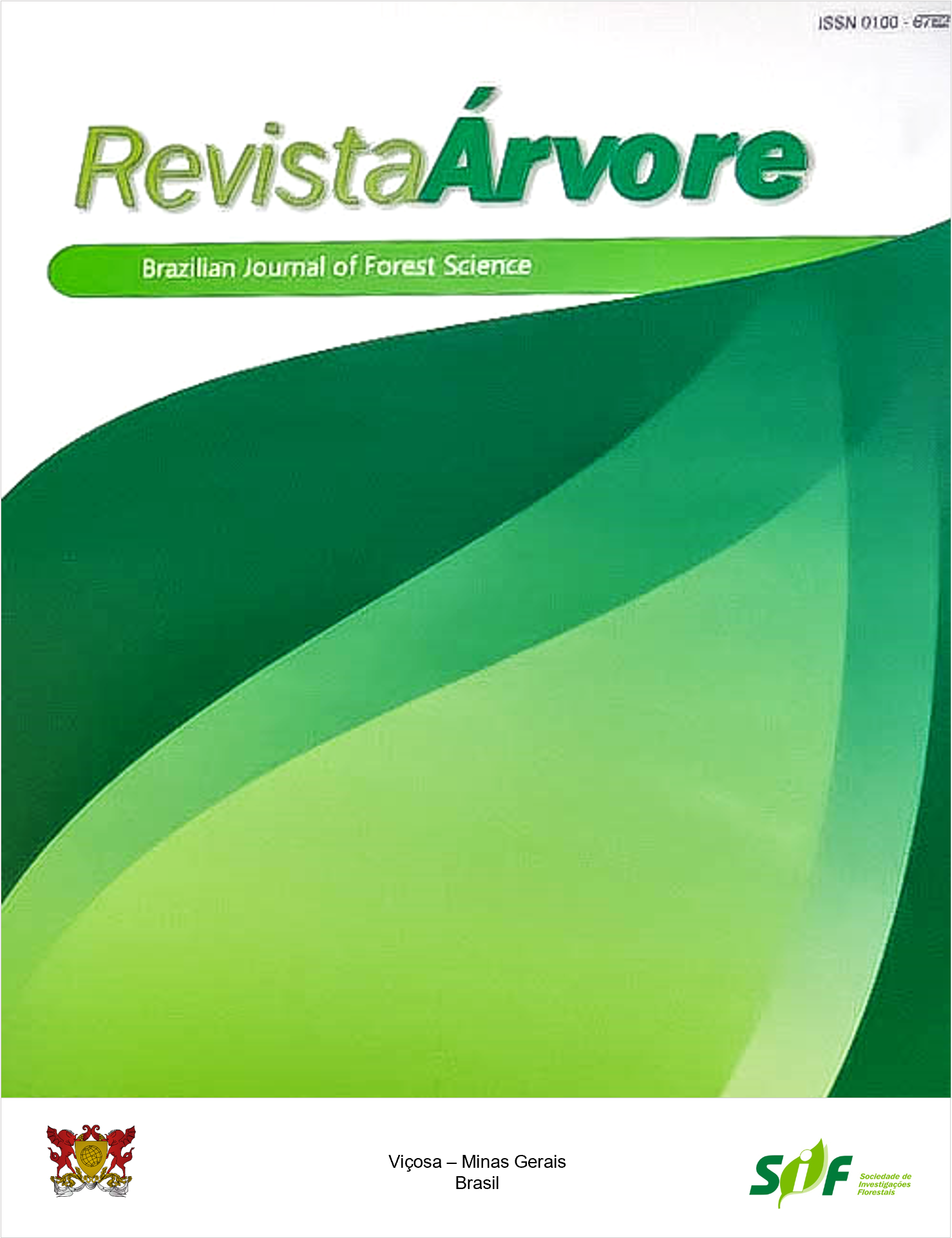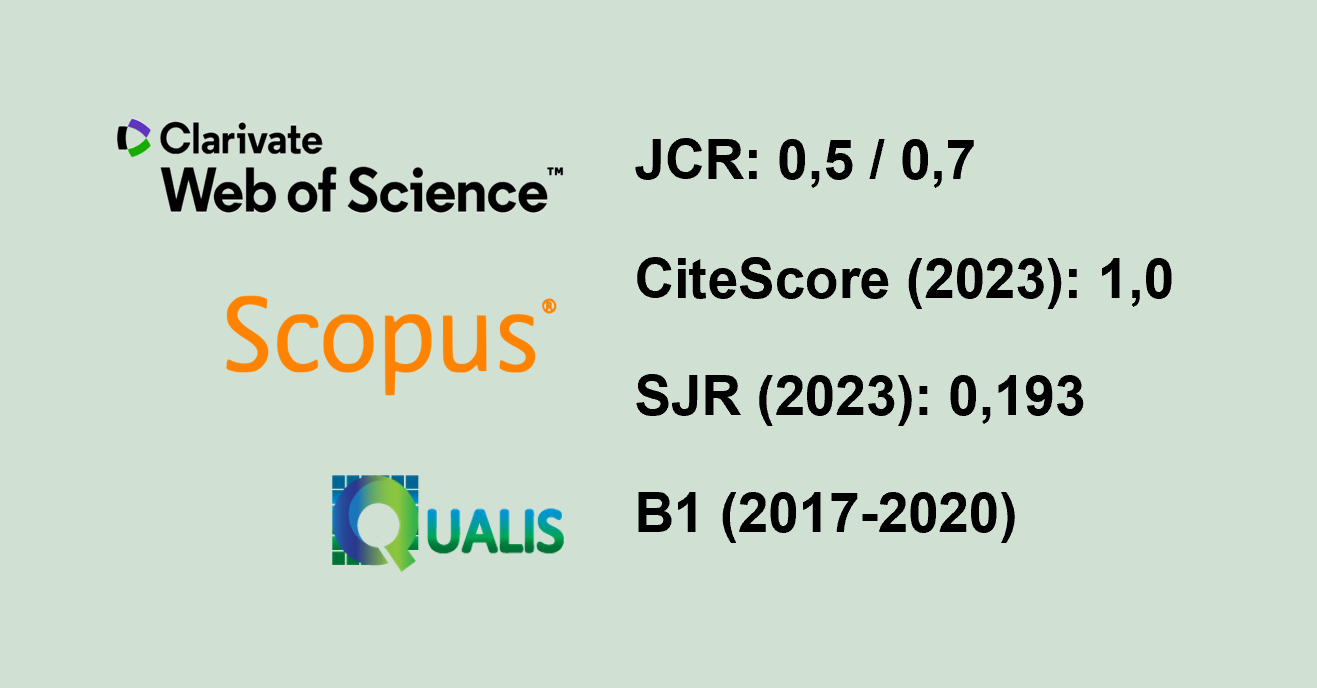MORPHOLOGICAL DESCRIPTORS FOR THE CHARACTERISATION OF TEAK CLONES CUTTINGS (Tectona grandis L.F.)
Keywords:
Cultivar protection, Distinguishability, SimilarityAbstract
Teak (Tectona grandis) is a forest species cultivated in tropical regions worldwide, due to the traits of its wood and its great economic value on the market. In Brazil, original plantations are being replaced by selected clonal forests, which generate the need and interest to protect this genetic material based on the current legislation. The legal requirements for cultivar protection are that the genotype must result from genetic improvement and provide distinguishability, homogeneity, and stability (DHS). This work identifies morphological descriptors in teak cuttings to assist the clone protection process of the species. The study was conducted in a completely randomized design with the evaluation of 7 clones and 15 cuttings per clone, at 30, 60, 90, and 120 days old. The information was also organized based on the arrays of presence and absence of variations for each clone, for 21 morphological traits. Subsequently, genetic similarity measures were estimated using the Jaccard index and the UPGMA clustering method. The clones with the 12, 7, 9, and 11 morphological traits formed the morphological descriptors for the 30, 60, 90, and 120 days old cuttings, respectively. The traits of the leaf blade: length, width, length/width ratio, green intensity, and the brightness of the leaf, were common for all the evaluated ages, but their respective levels of expression were different.
Keywords: Cultivar protection; Distinguishability; Similarity
Downloads
Published
How to Cite
Issue
Section
License
Copyright (c) 2021 Revista Árvore

This work is licensed under a Creative Commons Attribution 4.0 International License.
All authors agreed to submit the work to Revista Árvore and granted the exclusive license to publish the article. The authors affirm that it is an original work and has not been previously published elsewhere. The scientific content and opinions expressed in the article are the sole responsibility of the authors and reflect their opinions, not necessarily representing the opinions of the editorial board of Revista Árvore or of the Society of Forest Investigations (SIF).




